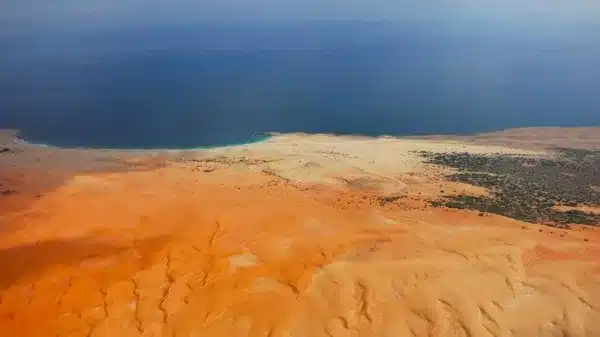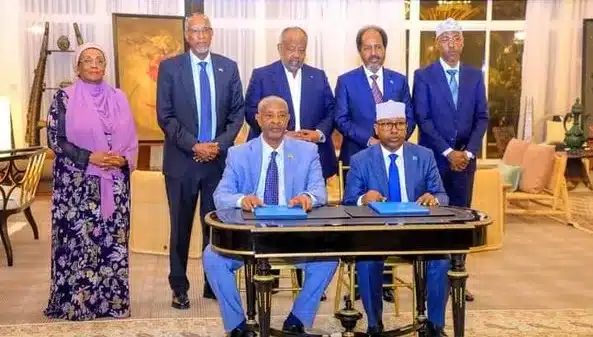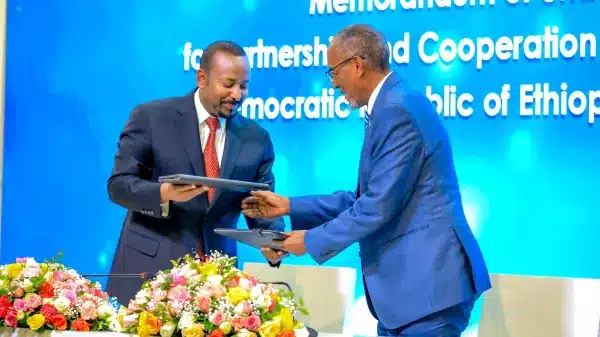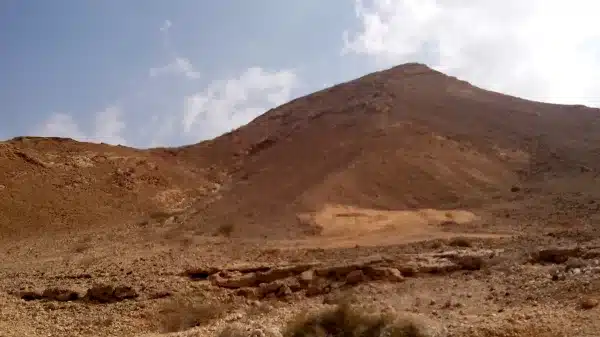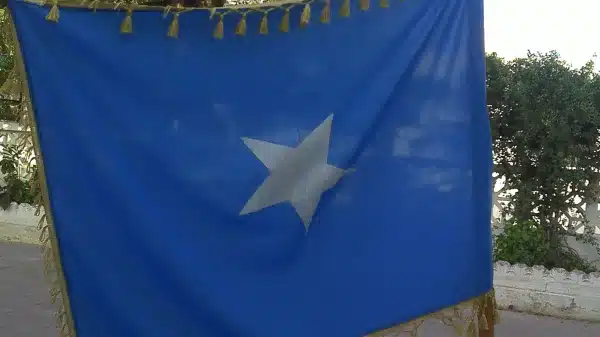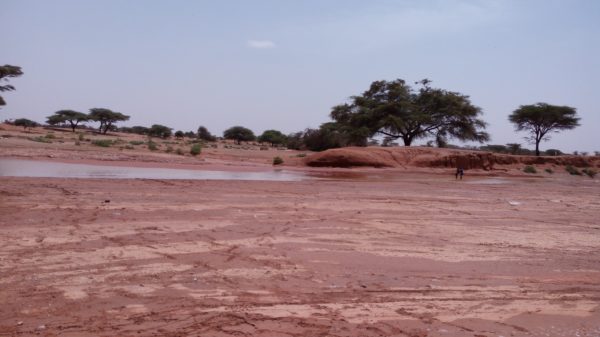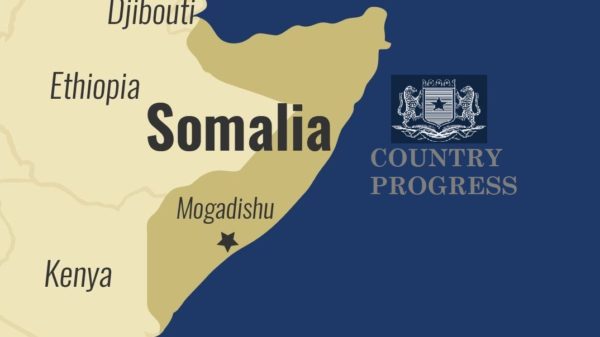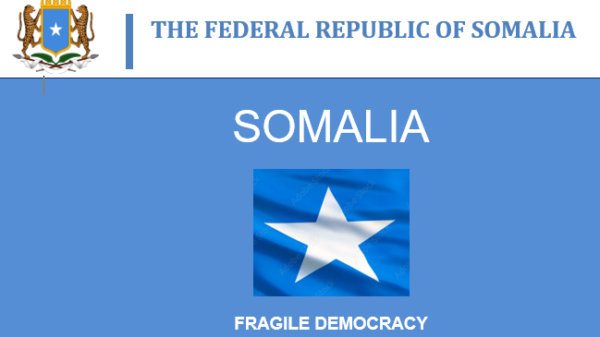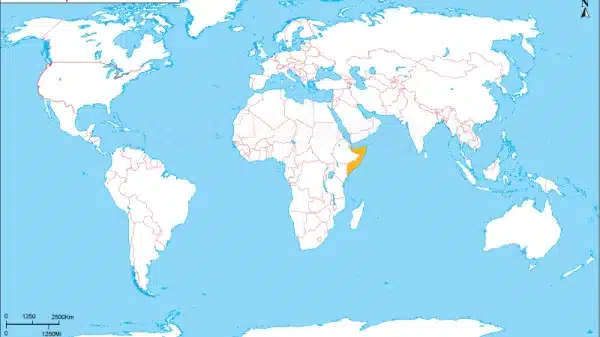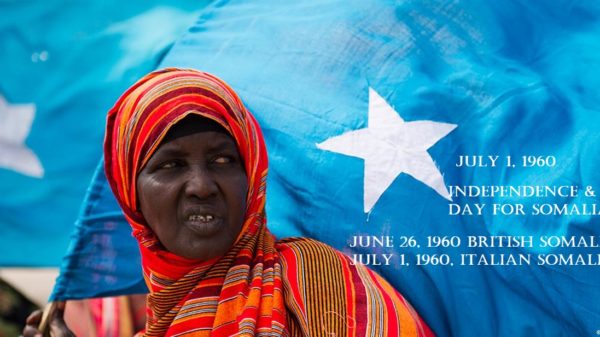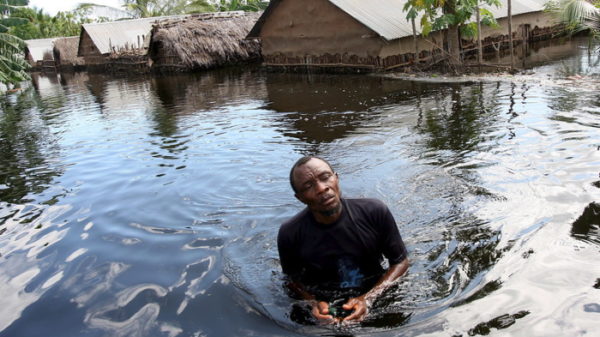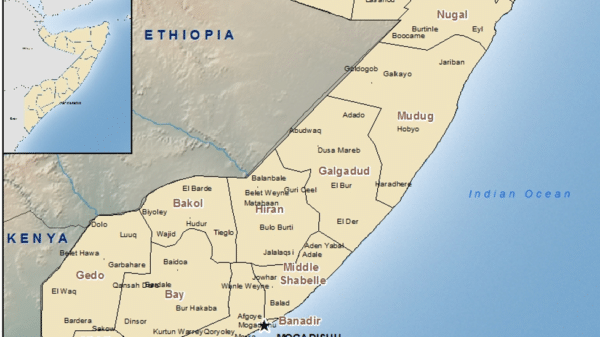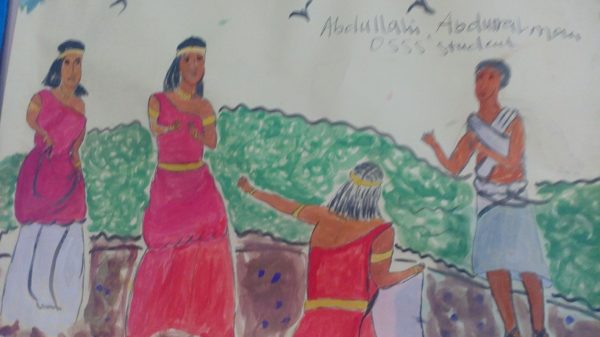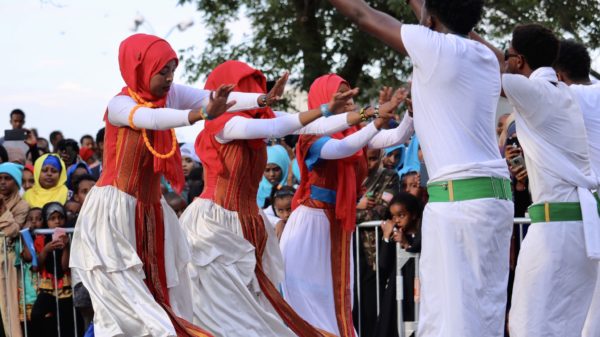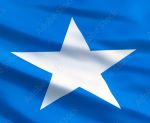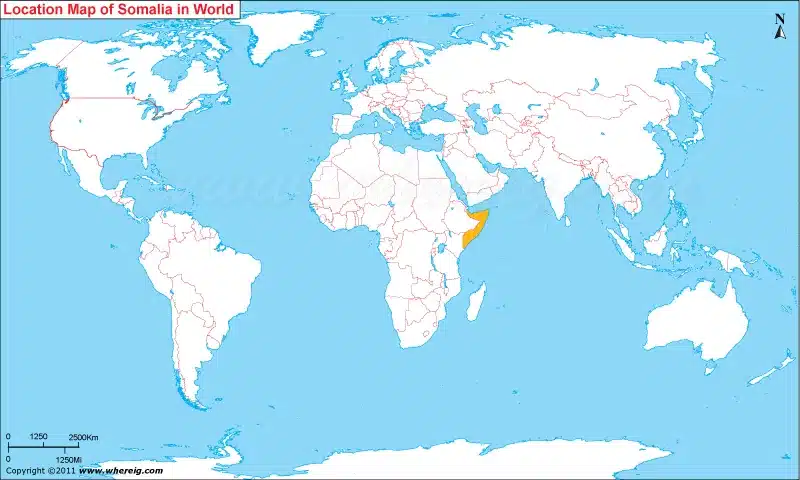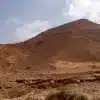Somalia, an intriguing nation nestled in the Horn of Africa, holds a captivating blend of historical anecdotes and lively cultural traditions. Despite enduring centuries of turmoil, encompassing political turbulence and ethnic strife, the significance of Somalia on a global scale cannot be overlooked. In this article we aim to reveal the geographical whereabouts of Somalia, explain its intricate historical roots, and explore the far-reaching impacts it has had on the international arena.
Geographical Location of Somalia
1. Where is Somalia located in Africa and on the world map?
Somalia is located in the eastern part of Africa, known as the Horn of Africa. This region is characterized by its unique geographical features, including the arid Somali Plateau and the coastal plains along the Indian Ocean. Somalia’s position within the Horn of Africa places it at a critical crossroads between the African mainland and the Arabian Peninsula, shaping its history, culture, and economic interactions.
2. Where is Somalia situated geographically?
Somalia’s geographical location is marked by its positioning between the Arabian Peninsula and the sub-Saharan region. The country rests on the Gregory Rift, a major tectonic plate boundary that stretches across Africa. This geological feature has contributed to Somalia’s diverse landscapes, from rugged mountain ranges like the Ethiopian Highlands to vast plains and deserts. The rift has also played a role in shaping Somalia’s unique ecological systems, including its rich flora and fauna.
Somalia’s Geographical Location: Located in the eastern part of Africa, Somalia is situated in a region known as the Horn of Africa. This region is home to a variety of ethnic groups with distinct cultural identities. The country’s geographical location along the eastern coast grants it access to the Gulf of Aden and the Indian Ocean, making it an important maritime hub. Its strategic positioning facilitates trade routes connecting Africa, the Middle East, and Asia, contributing to Somalia’s historical significance as a trading center.
Somalia’s Location on the Map: On a world map, Somalia can be located in the northeastern part of Africa. It is bordered by Ethiopia to the west, Djibouti to the northwest, and Kenya to the southwest. Its extensive coastline along the Indian Ocean stretches for over 3,300 kilometers (2,051 miles) and is known for its pristine beaches, coral reefs, and abundant marine life. This coastal location has shaped the livelihoods of many Somalis, who rely on fishing and maritime trade as essential sources of income.
Somalia’s Position in Africa: Somalia holds a prominent position in the easternmost region of Africa, known as the Horn of Africa. This region is bordered by the Red Sea to the north and the Indian Ocean to the east, providing Somalia with connections to international trade routes and maritime activities. Somalia’s location within the Horn of Africa has influenced its history, as it has been a site of interactions between different cultures, including Arabs, Persians, Europeans, and Africans. This melting pot of influences has contributed to Somalia’s diverse cultural heritage.
Understanding Somalia on the World Map: When examining the world map, Somalia is found in the eastern part of Africa, prominently positioned below the Gulf of Aden and the Red Sea. This location places Somalia at the intersection of major global trade routes, facilitating the movement of goods between Africa, the Middle East, and beyond. Somalia’s prominence on the world map is not only geographical but also historical and cultural, as it has been a meeting point for various civilizations and a gateway between continents throughout history.
Historical Slavery in Somalia
3. Where did Somali slaves come from historically?
The history of slavery in the Horn of Africa is a significant and complex aspect of the region’s past. During the slavery historical period, the Horn of Africa, including the Somali Peninsula, played a significant role in the trans-Saharan and Indian Ocean slave trades. Arab, Persian, and European traders participated in the capture and transportation of slaves from this region. The slaves taken from the Horn of Africa were in high demand and were often traded across the Red Sea and the Indian Ocean, becoming integral parts of various societies and economies in the Middle East and Asia.
Although the Somali Peninsula was characterized by a tribal structure that provided some security, there were still instances of slavery in the 19th century. While the number of Somali slaves traded during this period may not have been significant, they were nonetheless captured and traded from various regions, including the Somali territories and nearby countries such as Ethiopia, Eritrea, and Sudan. Many of these unfortunate individuals were subjected to servitude in the Ottoman Empire, the Arab world, and European colonies.
The historical origins of Somalia’s slave trade involve the sourcing of slaves from a multitude of regions during the 19th century. Somali territories, as well as neighboring countries like Ethiopia, Eritrea, and Sudan, served as sources of enslaved individuals. These captives were then forced into servitude in different parts of the world, including the Ottoman Empire, the Arab world, and European colonies. The far-reaching nature of this slave trade emphasizes its profound and enduring impact on the Somali population.
Historical Origins of Somalia
4. Where did Somalis originate from ethnically?
Ethnically, Somalis belong to the Cushitic branch of the Afro-Asiatic language family. It is believed that they initially migrated from the southern Ethiopian Highlands and gradually settled along the Horn of Africa. They embraced a pastoral lifestyle, relying on herding and nomadic practices. This lifestyle and their interactions with the local environment shaped their cultural and linguistic identity, which is deeply rooted in their nomadic heritage.
The Somali people are believed to have descended from the indigenous Cushitic people who settled in the Horn of Africa thousands of years ago. They have developed unique language, culture, and customs that are specific to their region. However, their origins also involve the intermingling of the Cushitic peoples with Arab and Persian traders who settled in the area. This cultural mixing played a role in the formation and development of the Somali identity.
Global Significance of Somalia
Somalia’s Strategic Importance: Due to its geographical location, Somalia has played a significant role in international trade and maritime activities. The country’s position along the eastern coast of Africa has made it a key player in the trade routes connecting the Indian Ocean and the Red Sea. Additionally, Somalia’s proximity to the Arabian Peninsula and its access to the Suez Canal have made it an important strategic location for global shipping.
Natural Resources and Economic Potential: Somalia boasts an abundance of natural resources, including fertile agricultural land, minerals such as uranium and iron ore, and potential offshore oil reserves. However, ongoing political and security challenges have hindered the country’s ability to fully harness these resources and develop a thriving economy. Nevertheless, Somalia’s economic potential is significant and continues to attract attention from international investors.
Somalia’s Longest Coastline in Africa: The Somali seas, particularly the coastline along the Indian Ocean, are extensive, stretching over approximately 3,333 kilometers (2,071 miles). The importance of the Somali seas lies in their strategic location, facilitating maritime trade routes and providing access to key waterways. These waters are rich in marine resources, supporting fishing industries that contribute to the livelihoods of coastal communities. Additionally, the Somali seas have been a focus of international attention due to piracy issues, impacting maritime security in the region. The geopolitical significance of these waters continues to be a subject of interest and concern.
Political Instability and Conflict: Throughout its history, Somalia has experienced periods of political instability and conflict. Following its independence in 1960, the country endured coups, dictatorship, and civil war. This instability has had profound effects on Somalia’s socio-economic development, leading to the displacement of millions of people and fragmentation of the state. It is crucial to understand this context when examining Somalia’s history and current challenges.
Somali Diaspora and Global Influence: The Somali diaspora, consisting of Somalis living outside of Somalia, is estimated to be one of the largest in Africa. The diaspora has played a significant role in global affairs, with Somali communities making contributions in various fields such as business, politics, academia, and arts. Somali entrepreneurs have established successful businesses around the world, and Somali-Americans have made strides in politics, including the election of Representative Ilhan Omar.
Somali Piracy and International Response: Somalia’s location along the coast of the Indian Ocean has made it susceptible to piracy, particularly between 2005 and 2013. Somali pirates would hijack ships in order to demand ransom from shipping companies, causing disruptions to maritime trade routes. International efforts, including naval patrols and the prosecution of pirates, have been implemented to combat this issue. While piracy off the coast of Somalia has significantly decreased in recent years, the underlying causes such as poverty and unemployment still need to be addressed.
Somali Cuisine and Cultural Heritage: Somali cuisine reflects the region’s history and cultural influences. Staple foods include rice, pasta, and grains, accompanied by flavorful dishes featuring meat, fish, and a variety of spices. Somali cuisine also showcases its nomadic heritage, with dishes such as bariis iskukaris (spiced rice with meat) and cambuulo (baked beans) reflecting the resourcefulness of traditional nomadic cooking.
Somali Literature and Oral Tradition: Somalia has a rich literary tradition, deeply rooted in oral storytelling. Somali authors have contributed significantly to Somali literature, both in the Somali language and in English translations. Prominent Somali writers, such as Nuruddin Farah and Warsan Shire, have garnered international recognition for their novels, poetry, and prose, shedding light on the Somali experience and challenging misconceptions about the country.
Contributions to Music and Poetry: Somalia has a vibrant music and poetry scene, known as “qaraami” and “hees” respectively. Somali music, heavily influenced by traditional rhythms, incorporates modern elements such as jazz and funk. Legendary Somali musicians like Mohamed Mooge and Maryam Mursal have gained international acclaim for their timeless compositions, which reflect not only Somali culture but also a sense of resilience and hope in the face of adversity.
5. Where can Somalia buy bitcoin currently?
In recent years, Somalia has emerged as a notable player in the global cryptocurrency market, specifically Bitcoin. Despite the absence of a robust centralized financial system, Somalis have demonstrated a remarkable affinity for Bitcoin and other digital currencies. This trend can be attributed to the country’s persistent political and economic hurdles, which have prompted its citizens to seek alternative avenues for conducting international transactions. By embracing Bitcoin, Somalis have managed to circumvent the limitations imposed by their nation’s challenging circumstances and tap into the benefits offered by decentralized digital currencies.
Conclusion
In summary, Somalia’s geographical location, historical origins, and global impact are all interconnected and contribute to the country’s rich history and complex contemporary context. Its position in the Horn of Africa, between the Arabian Peninsula and sub-Saharan Africa, grants Somalia access to major trade routes and makes it a crucial maritime hub.
Historically, Somalia has been a site of slave trade, with Somali slaves captured and traded from various regions. The Somali people themselves have origins in the Cushitic branch of the Afro-Asiatic language family and have migrated from the southern Ethiopian Highlands to settle in the Horn of Africa. This migration and the intermingling of the Cushitic peoples with Arab and Persian traders have contributed to the distinctive Somali culture and identity.
In terms of global significance, Somalia’s strategic importance lies in its position along major trade routes connecting the Indian Ocean and the Red Sea. Its vast natural resources, including fertile agricultural land and potential oil reserves, make it an attractive prospect for international investors. However, ongoing political instability and conflict have hindered Somalia’s economic development.
The Somali diaspora, one of the largest in Africa, has made significant contributions in various fields globally. Somali piracy off the coast of Somalia has been a major international concern, although efforts to combat it have seen success in recent years. Somali cuisine, literature, music, and poetry all reflect the rich cultural heritage of the country and have gained international recognition.
It is worth noting that Somalia has also embraced the use of cryptocurrencies like Bitcoin in recent years, providing an alternative means of conducting international transactions due to the lack of a centralized financial system.




